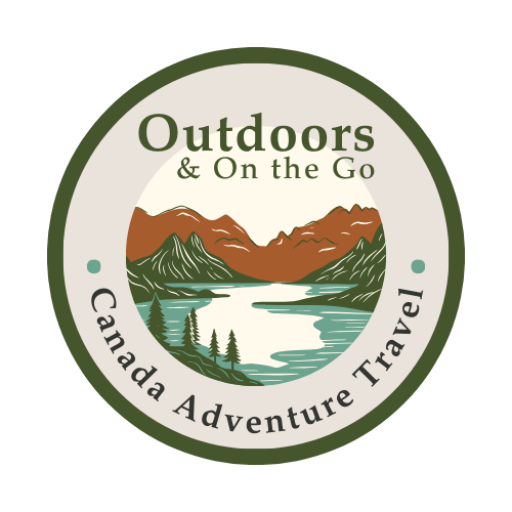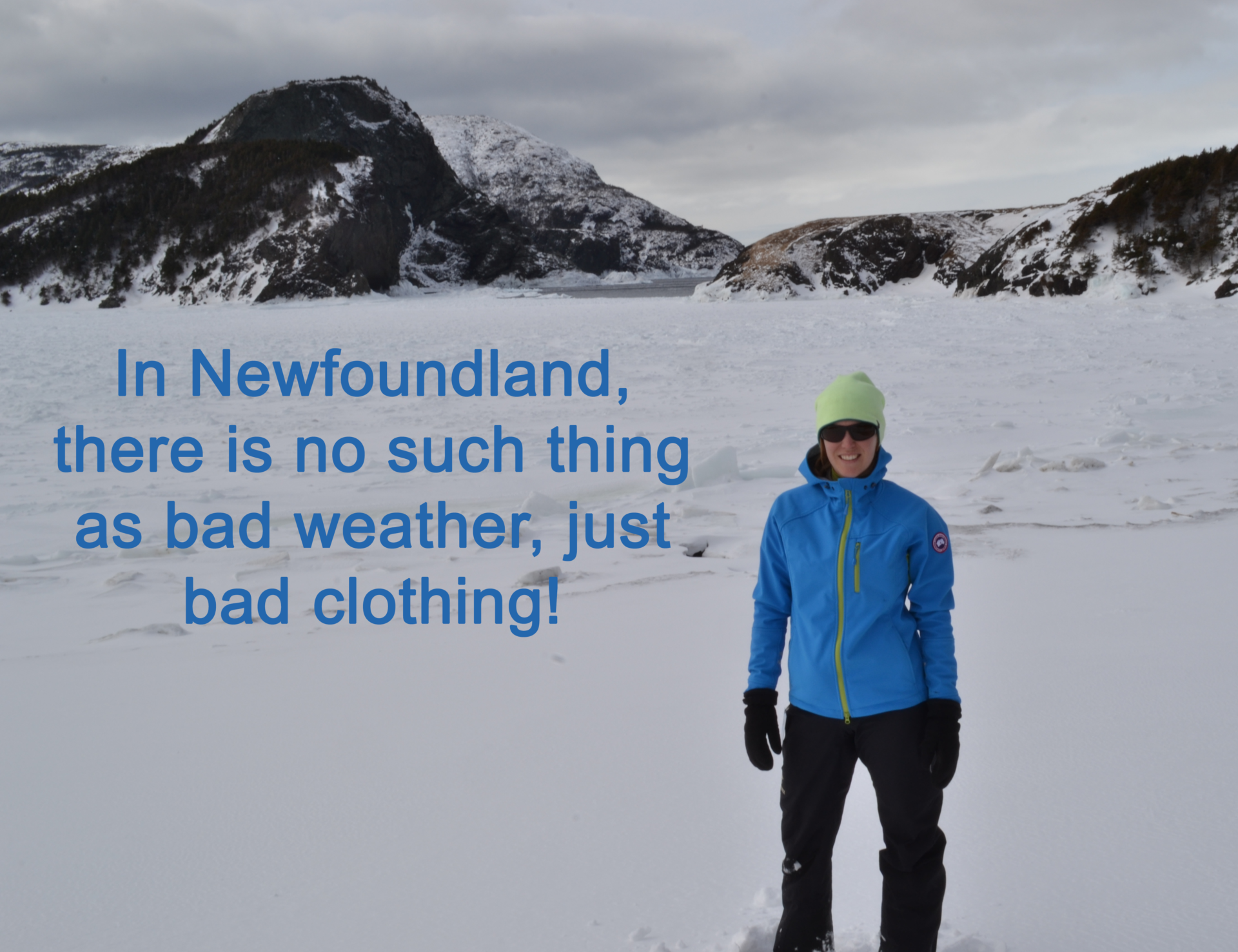For cold weather activities, its all about wearing the right clothing so you can be as comfortable as possible while you’re out on the go. Deciding what to wear is easy with a few basic considerations and some trial and error.
Disclosure: There are some affiliate links below, for which commissions are paid, but these are all products I highly recommend. I won’t put anything on this page that I haven’t verified and/or personally used.
It’s all about learning what clothing combo works for you, for each activity, under different weather conditions.
These are the four main considerations that will influence your dressing decision each time you venture outdoors;
- Layering and Venting
- Fabric Types
- Activity and Physical Requirements
- Weather [Temperature, Precipitation, Wind]
Layering
Wearing multiple layers of clothing, allows you to add or subtract garments so you can regulate your body temperature.
In cold weather you do NOT want to sweat or get wet because when you stop, you get chilly really fast.
Venting
Usually done with the outer most layer.
By opening arm pit vents, leg zippers, or removing your hood, you can allow body heat to escape without necessarily removing any layers.
Layering System 101
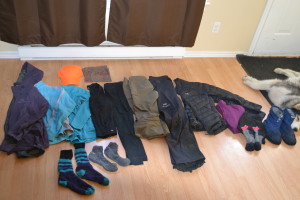
- Layer(s) next to skin such as underwear + bra + base layer top and bottom: these pieces should wick [move moisture away from your skin] and this is vital to staying warm.
- Insulation layer(s) like a fleece sweater, down jacket, etc.: this layers main function is to trap warm air. You can either wear one thick layer (ex. down jacket, least versatile) or wear several light, loosely fitting layers (ex. 2 light polyester sweaters + fleece vest, more versatile) depending on your level of activity and the weather conditions. These are the layers you add or subtract to manage body heat.
- Shell layer: this layer protects you from wind, rain and snow. This is your layer that would allow ventilation via arm pit zippers or leg zippers.
Fabric Types
Refers to what the layers (clothing) are made of.
Make sure you read the tags of clothing to ensure you’re getting the fabric type you want.
Different fabric types have different properties in regards to insulation value, ability to wick, drying time, weight, and durability.
- Synthetic Fabrics [polyester, fleece, polypropylene, nylon] have good insulation value and are warm when wet. They tend to be very good at wicking as the fibres inherantly do not absorb moisture and moisture evaporates quickly.
- Wool [merino, alpaca] has excellent insulation value. Wool doesn’t wick but what it absorbs it
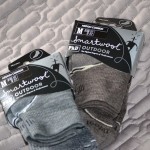 does keep warm and it is slow to dry. Wool can be heavy, bulky but is generally quite durable.
does keep warm and it is slow to dry. Wool can be heavy, bulky but is generally quite durable. - Down [goose feathers] is awesome for insulation when dry, but is terrible when wet and very hard to dry. Down is very light, packs small and longer insulating life than other insulating fills.
- Cotton has NO insulation value when wet, so it is NOT a good choice for NL adventures. Cotton does NOT wick, it is highly absorbent and takes forever to dry. COTTON KILLS!
Activity and Physical Requirements
You need to consider how hard you will be working while you’re out.
The more physical effort required, the more body heat will be produced and the less layers you want to wear and vice versa.
Then there is activity requirements and gear functionality to consider too (range of motion, wind resistance etc.).
Weather
Obviously a big factor!!
Consider the temperature (including windchill) and expected precipitation.
Then choose your outer layers based on these factors. Example: soft shell on a nice day/low wind and a hard shell on a rainy/windy day.
What to Wear Examples
Now with all of these considerations in mind, here are some examples to give you context;
Snowshoeing – Medium/High Exertion
Another -20C day but its sunny and I want to hit the trails! Today might be colder (clear sky = cold) but I know I will be working hard and out of the wind on the trail.
Smartwool bra and underwear already in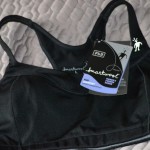 place, I add my light Northface long underwear top and bottoms, add a fleece vest and my Arc’teryx jacket and Beta AR pants. Thick Smartwool socks inside my hiking boots, wool mitts and a light hat with my hood up and I am ready to get on the go!
place, I add my light Northface long underwear top and bottoms, add a fleece vest and my Arc’teryx jacket and Beta AR pants. Thick Smartwool socks inside my hiking boots, wool mitts and a light hat with my hood up and I am ready to get on the go!
In my daypack, I throw in my Arc’teryx down sweater (as a warm layer in case I stop or get chilled), a bottle of water, spare (dry) mitts and a warm hat.
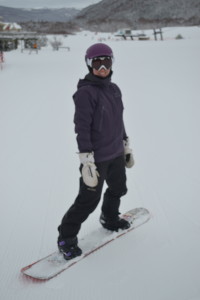 Snowboarding – Medium/Intermittent Exertion
Snowboarding – Medium/Intermittent Exertion
Today it is cold! Environment Canada is telling me its -15C, feels like -23C and it’s overcast.
I start again with my Smartwool bra and underwear, then add my MEC medium weight long underwear bottoms and top. Over this I wear my fav Sally Ann fleece pants on the bottom and Bench fleece with the high collar. Over all of this I always wear my hardshell Arc’teryx jacket and pants.
I then pack my light hat and helmet, light fleece gloves, Dakine snowboard mitts, fleece balaclava, Zeal Optics goggles, and two pairs of Smartwool knee socks to bring to the hill where I complete my cozy ensemble.
Snowmobiling – Low Exertion
When it is -10C and you add the windchill because of the speed, things get cold fast on a sled!
I always wear my medium or heavy weight base layers, with insulated snow pants and a down jacket with my Arc’teryx shell over it all to cut the wind. I wear my warmest boots, socks, mitts and always bring extra layers so I can keep adding as needed.
Final Thoughts
- I am always adjusting and refining my layering system and you will too!
- No two days out on the go are the same!
- Be ready to refine your system and continually adjusting your layers as you work towards making yourself more and more comfortable in cold, windy, wintery conditions.
What are your winter layering essentials?
Leave a reply in the comments below.
